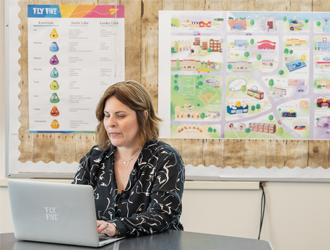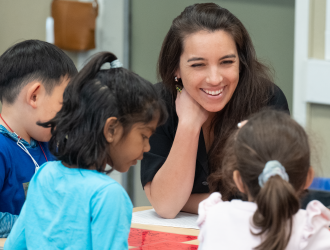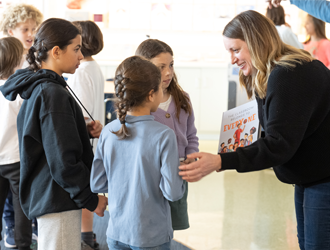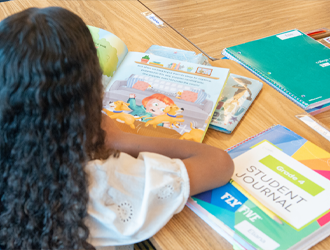Creating a Community of Belonging
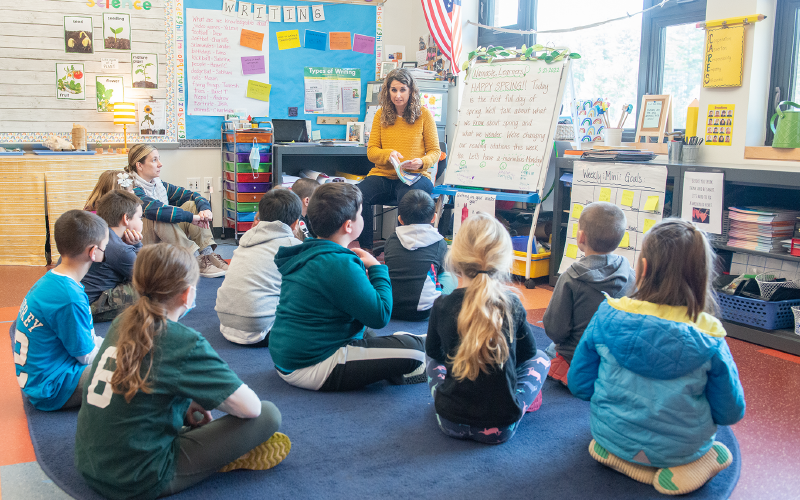
Behind every student is a community of people who are working together to support the growth and development of each child. At times, even parents can struggle with feelings of belonging and there are ways to help them see the importance of their partnership.
Representation Fosters Belonging
When everyone feels like they belong, the entire school community is enriched by the strengths that each of us brings to the table. Research has shown that feelings of belonging can have a significant impact on students’ educational outcomes, resulting in increased motivation, decreased dropout rates, and heightened academic achievement (Osterman, 2000). This is true for every student but has an even greater impact on those that come from disadvantaged backgrounds. These students often question whether their community, including educators and peers, truly value, respect, and welcome them (Murphy et al., 2021), which is why it is important to take the necessary steps to create a welcoming environment for all.
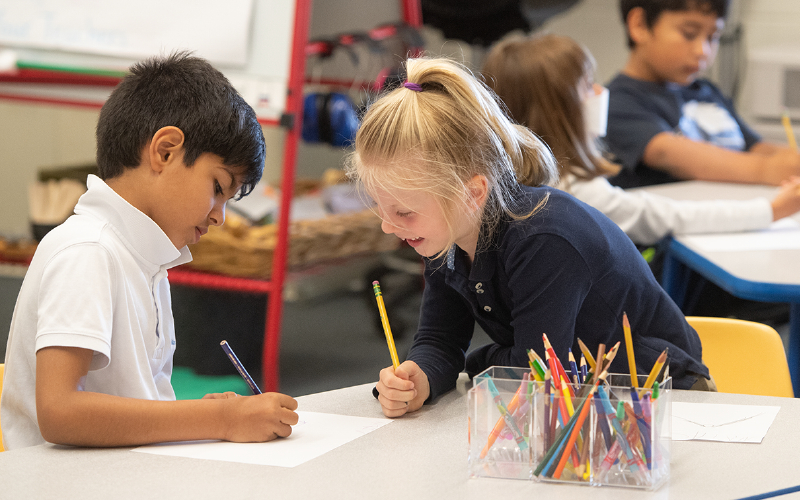
Researcher Gloria Ladson-Billings discovered that promoting strong role models that relate to students, whether through literature or real-life examples, impacts what students define as attainable for them (Ladson-Billings, 1995). To truly foster belonging, you must make sure that every student sees themselves represented in a positive way in the community and the curriculum. In the classroom, educators have a unique opportunity to provide students with positive identity representation and change the way that students view themselves and others for the better.
Creating a Classroom of Belonging
Creating a community of belonging can feel a bit intimidating, however, it all begins with making a few intentional changes in your own classroom. Consider the following ways to foster belonging in your class:

- Highlight student strengths. Students are going to face challenges throughout their lives. Help them discover the skills to overcome these challenges by empowering them to identify and use their strengths. Additionally, when mistakes are made, view these as opportunities to learn and grow. Change the way that your students view making mistakes through a fun activity where they have the opportunity to share their “favorite mistakes” with the class and what they have learned from the experience (Murphy et al., 2021). This will also make sure that students of all abilities and at all stages of development are able to see the value in their own strengths.
- Encourage peer-to-peer connections. Positive peer relationships facilitate a culture of respect and belonging in the classroom. Promote peer engagement through guided activities that encourage students to share experiences, thoughts, and ideas with one another. One way to do this is by grouping students and giving them a problem or mystery to work together to solve, such as a scavenger hunt ior a mystery board game.
- Create a welcoming classroom setup. Ensure that every student has a comfortable working space and is able to participate fully, engage with peers easily, and access materials without assistance. Decorate the classroom space with posters and objects that reflect student cultures and identities to celebrate diverse backgrounds, allowing students to display objects from home when appropriate. As you get to know your students better throughout the year, look for ways to incorporate their collective interests through classroom decor.
Facilitating Belonging in the School Community
Once your classroom becomes a place where feelings of belonging, significance, and value thrive, extend these positive feelings to the rest of the school community—including parents, other educators, staff, and students.

- Start the year off with introductions. At the beginning of the year, consider sending out a brief “About Me” paragraph to families so that they can get to know you better as an educator and person. Encourage families to send back their own “About Me” so that you get to know more about their culture, interests, likes, and dislikes. With permission, you could share these blurbs with the classroom community through a newsletter or email so that everyone feels more connected to one another.
- Build bridges over barriers. Some families may have difficulty feeling connected to their school community due to barriers such as language or cultural differences, time, or socioeconomic limitations. Try to work with them to create solutions that overcome these barriers. For instance, if a family speaks a different language, try finding a resource such as a translation app that will not only allow them to feel connected, but also show them that they are valued members of the community.
As you continue to become aware of the impact that belonging has on your classroom, try out different ways to get everyone involved and connected. By building strong relationships with yourself, your students, and their families, you can develop a partnership that is based on mutual respect and trust while showing everyone that they belong.
References
Ladson-Billings, G. (1995). Multicultural teacher education: Research, practice, and policy. In J.A. Banks & C.A.M. Banks (Eds.), Handbook of research on multicultural education (pp. 747–759). Macmillan.
Murphy, M. C., Boucher, K., & Logel, C. (2021, January 19). How to help students feel a sense of belonging during the pandemic. Greater Good. https://greatergood.berkeley.edu/article/item/how_to_help_students_feel_a_sense_of_belonging_during_the_pandemic
Osterman, K. F. (2000). Students’ need for belonging in the school community. Review of Educational Research, 70(3), 323–367. https://doi.org/10.3102/00346543070003323



